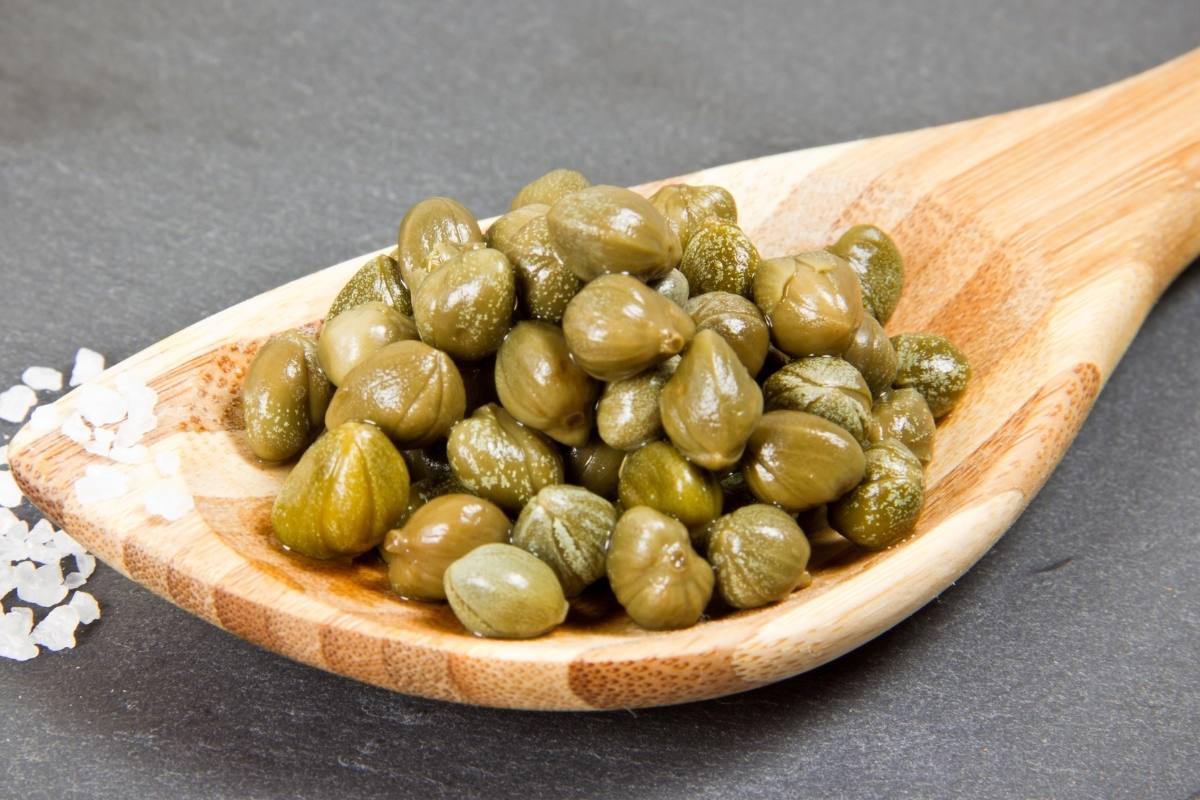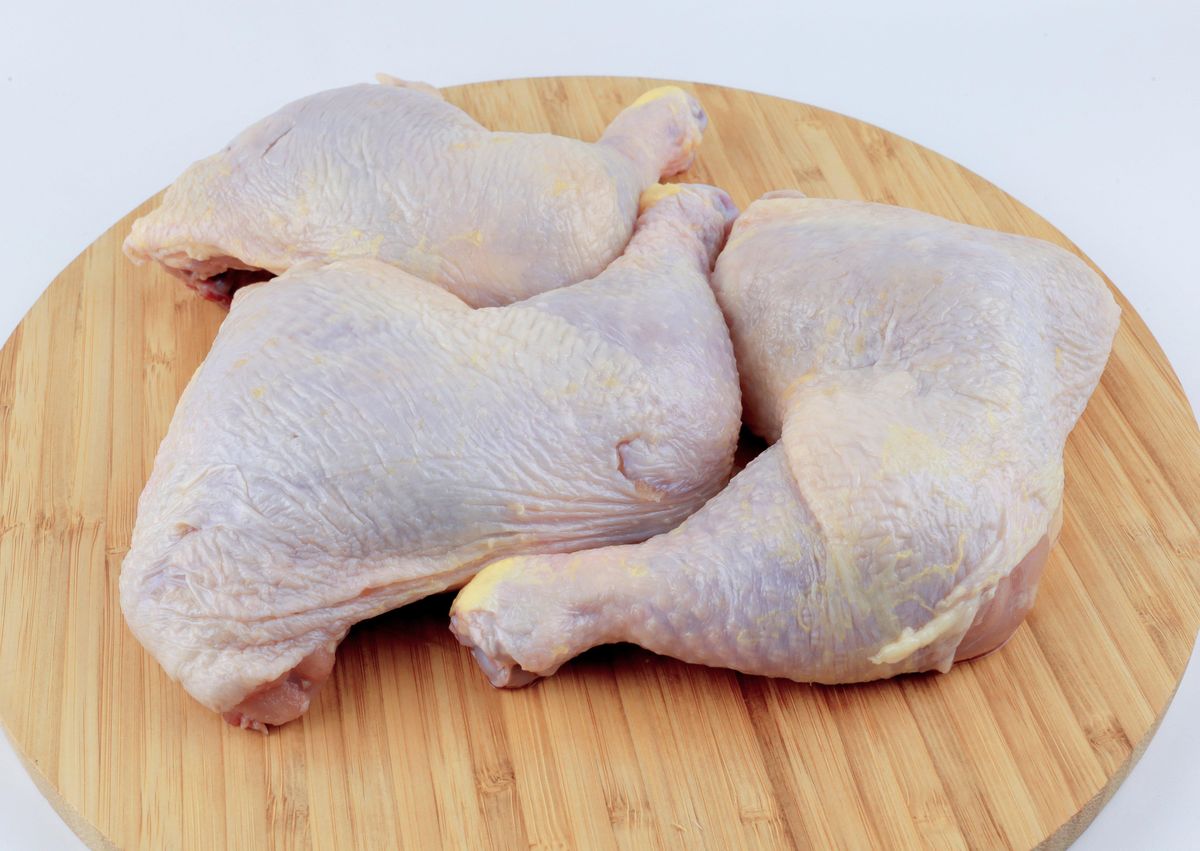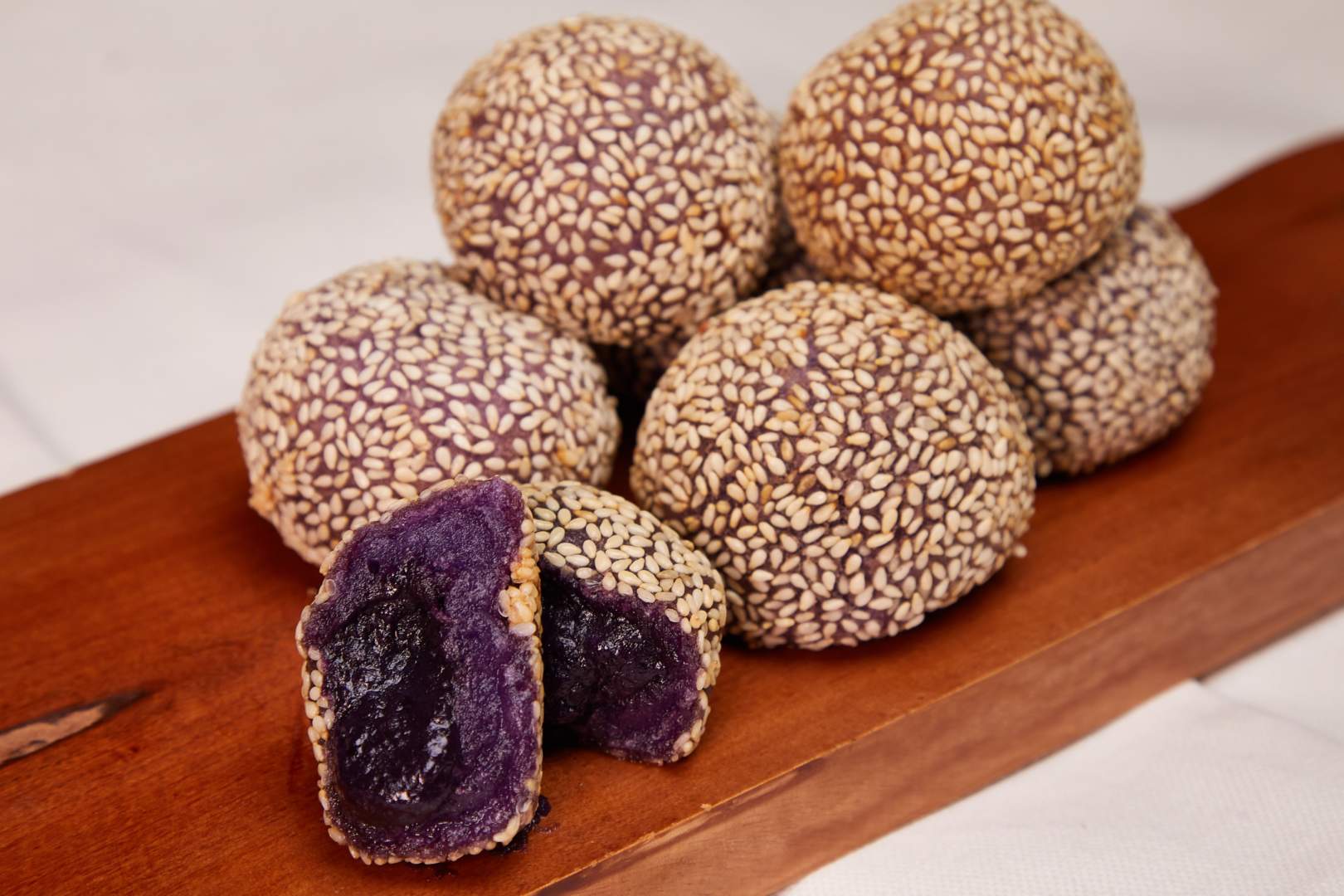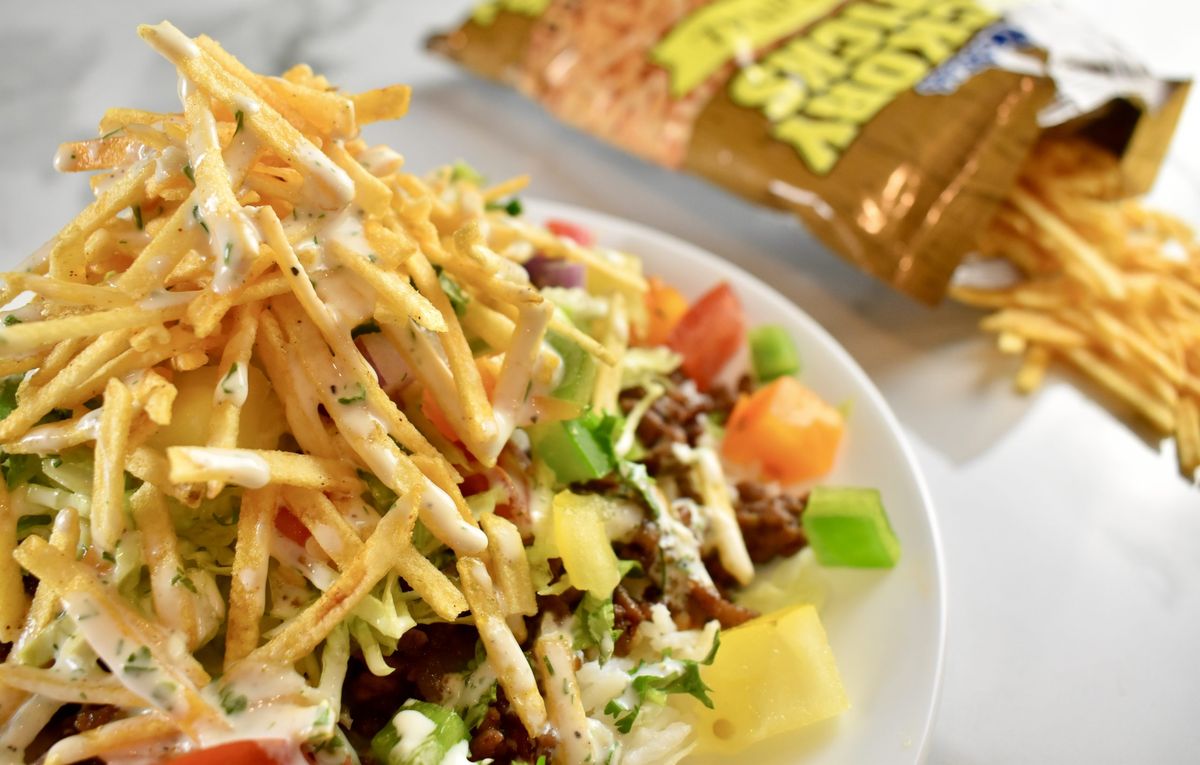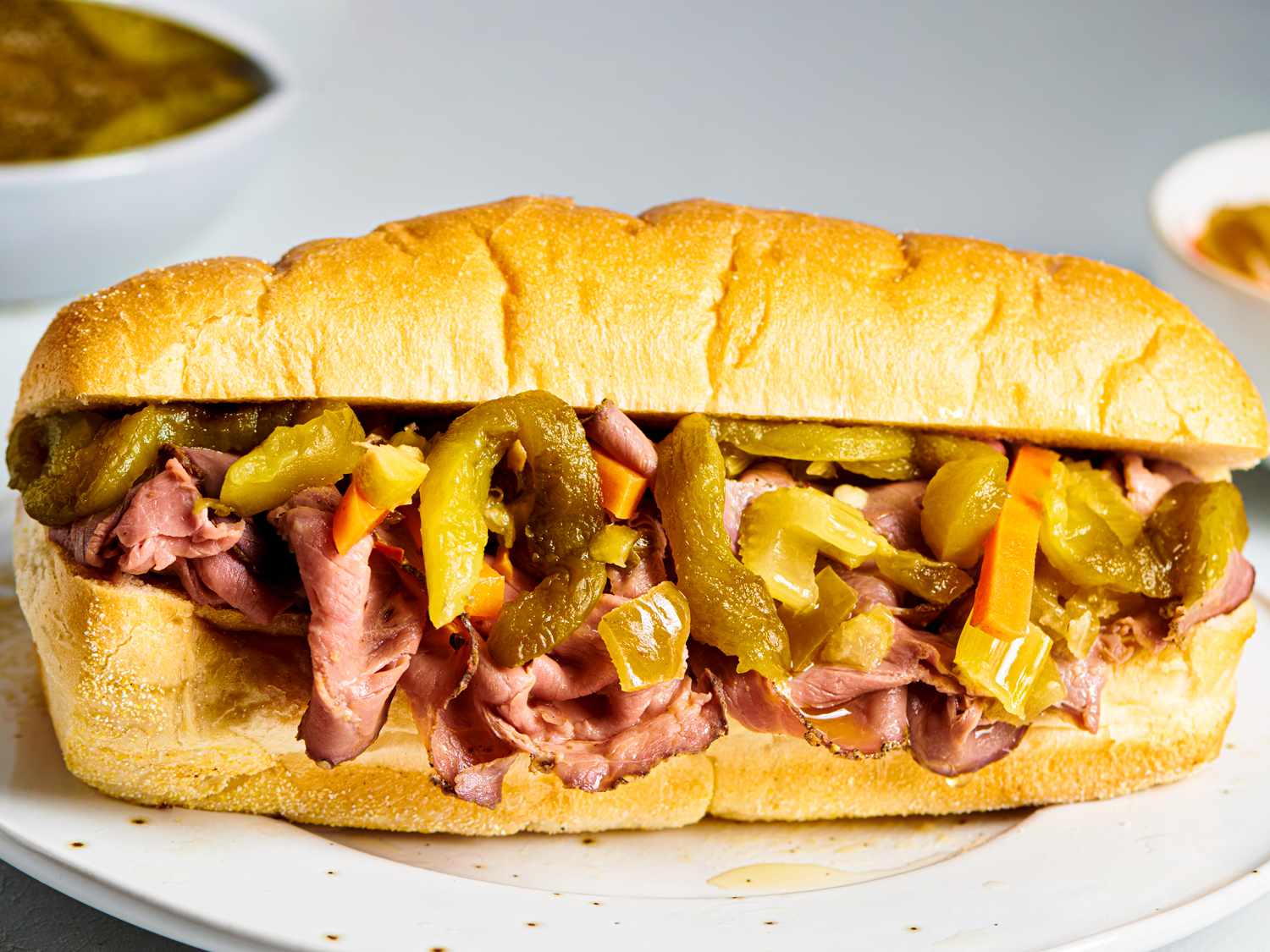When it comes to barbecue, the brisket cut of meat is a star player. This flavorful and versatile cut is a favorite among pitmasters and food enthusiasts alike. But what exactly is brisket, and why is it so popular? Let's dive into the world of brisket and uncover what makes it such a beloved cut of meat.
What is Brisket?
Brisket is a cut of beef that comes from the lower chest of the animal. It is known for its rich flavor and tender texture when cooked properly. The brisket is a heavily used muscle, which means it contains a significant amount of connective tissue. This connective tissue breaks down during the cooking process, resulting in a melt-in-your-mouth texture that is highly sought after.
Types of Brisket
There are two primary types of brisket: the flat and the point. The flat, also known as the lean or first cut, is a long, lean muscle with minimal fat content. On the other hand, the point, also referred to as the deckle or second cut, is a fattier and more marbled portion of the brisket. Both cuts offer distinct textures and flavors, providing options for different cooking methods and preferences.
Cooking Methods
Brisket is a versatile cut of meat that can be prepared in various ways. The most popular methods of cooking brisket include smoking, braising, and slow roasting. Each method imparts its own unique flavor profile to the meat, making brisket a favorite for barbecue enthusiasts.
-
Smoking: Smoking brisket involves cooking the meat low and slow in a smoker, allowing the rich, smoky flavors to infuse the meat. This method results in a tender and flavorful brisket with a distinct smoke ring and bark on the exterior.
-
Braising: Braising brisket involves cooking the meat in a flavorful liquid, such as broth or wine, at a low temperature for an extended period. This method yields a moist and tender brisket with a rich, savory sauce.
-
Slow Roasting: Slow roasting brisket in the oven at a low temperature is another popular cooking method. This approach results in a tender and juicy brisket with a caramelized exterior, perfect for slicing and serving.
Popular Dishes
Brisket is a staple in various culinary traditions and is featured in a wide range of dishes from around the world. Some popular dishes that feature brisket include:
-
Barbecue Brisket: A classic in American barbecue, smoked brisket is often served with traditional sides such as coleslaw, baked beans, and cornbread.
-
Beef Brisket Noodle Soup: A beloved dish in Asian cuisine, beef brisket noodle soup features tender slices of brisket in a flavorful broth, served with noodles and garnished with green onions and cilantro.
-
Jewish-Style Braised Brisket: In Jewish cuisine, brisket is often braised with onions and aromatic spices, resulting in a savory and comforting dish that is perfect for holidays and special occasions.
Tips for Cooking Brisket
Cooking the perfect brisket requires time, patience, and attention to detail. Here are some tips for achieving a delicious brisket:
-
Trimming: Properly trimming the brisket helps promote even cooking and allows for better seasoning penetration.
-
Seasoning: Generously season the brisket with a flavorful rub or marinade to enhance its natural taste.
-
Temperature Control: Maintaining a consistent cooking temperature is crucial for achieving a tender and juicy brisket.
-
Resting: Allowing the brisket to rest after cooking helps redistribute the juices, resulting in a more flavorful and succulent end product.
In Conclusion
The brisket cut of meat is a culinary delight that has captured the hearts and taste buds of food enthusiasts worldwide. Whether it's smoked to perfection, braised until tender, or slow-roasted for a caramelized crust, brisket offers a world of flavor and texture to explore. So, the next time you're craving a hearty and satisfying meal, consider cooking up a delicious brisket and savoring the rich, mouthwatering experience it has to offer.
Was this page helpful?
Read Next: What Is A Beer Margarita?
